Search
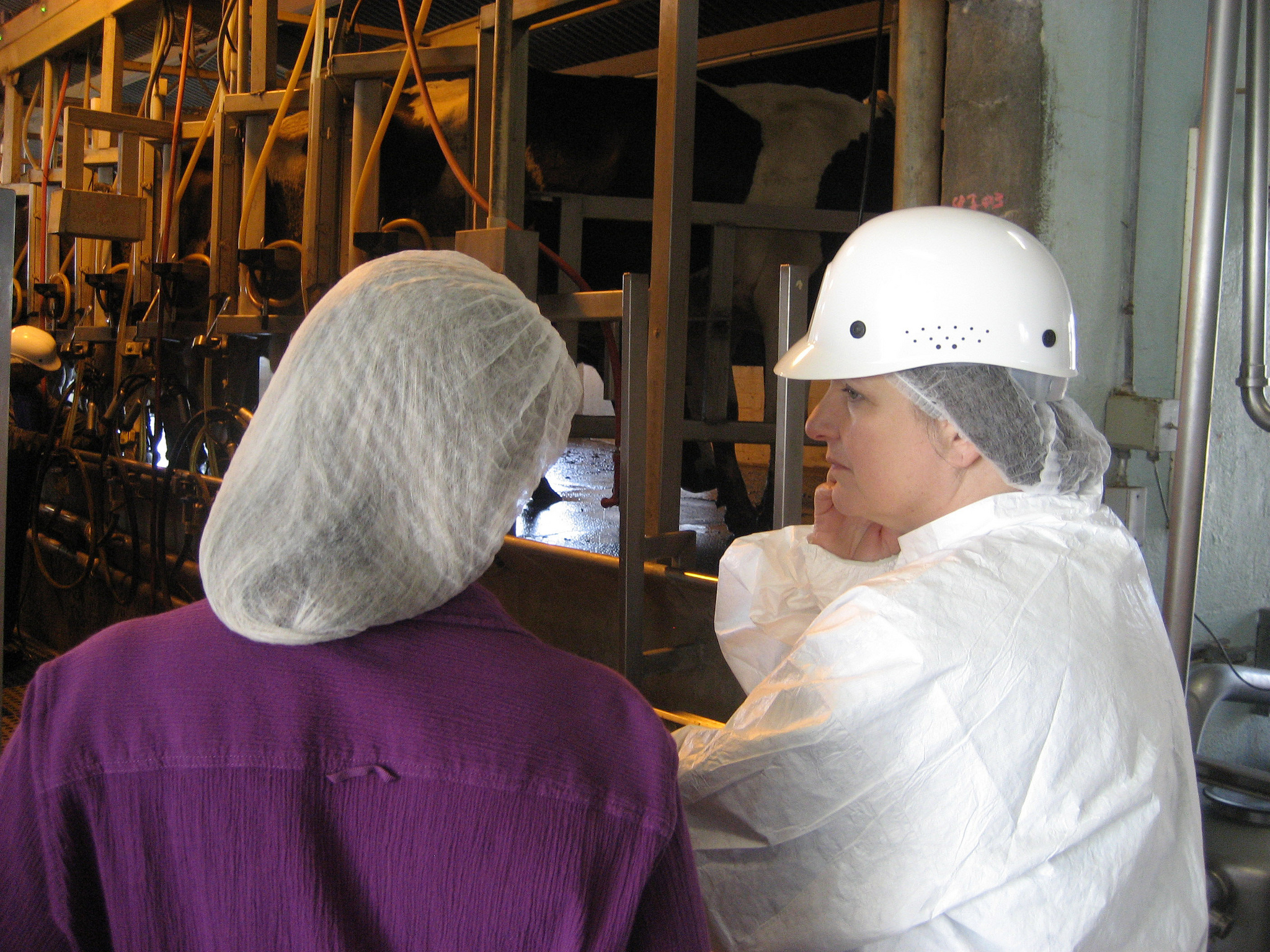
How Are You Empowering Others as Leaders or Employees?
You will be amazed how well people can perform as employees or leaders when you take the time to establish job expectations and then empower them to accomplish them.
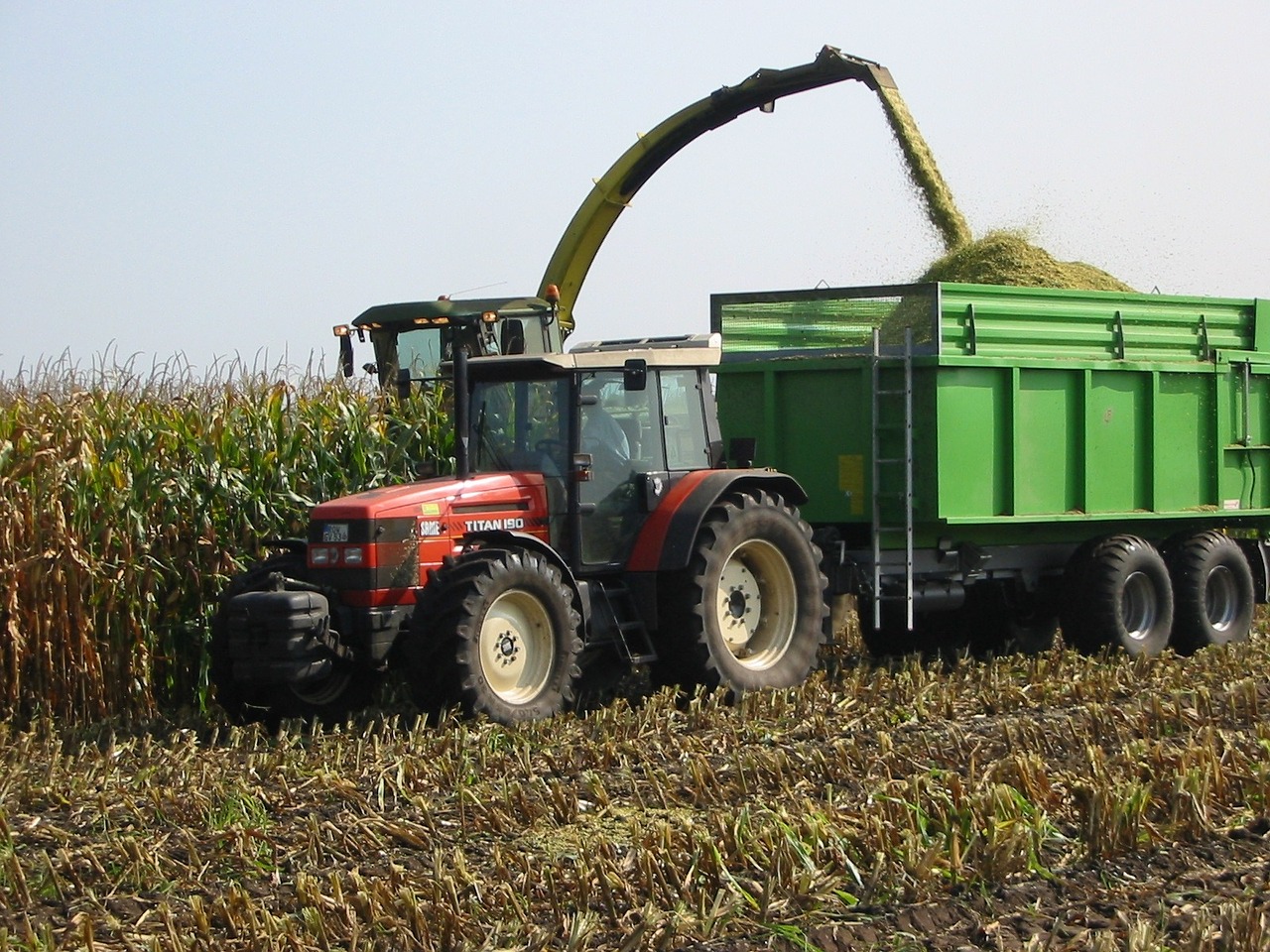
Silage: Minimizing Losses and Maximizing Value
Optimizing silage value starts by harvesting at the right moisture content.
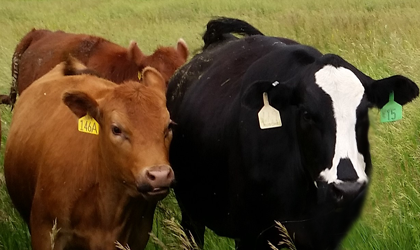
Setting Up Replacement Heifers for Breeding with CIDR Protocols
Replacement heifers are the most common group of females on the ranch to be artificially inseminated. An option available for heifer (and cow) synchronization is use of a CIDR (Controlled Internal Drug Release).
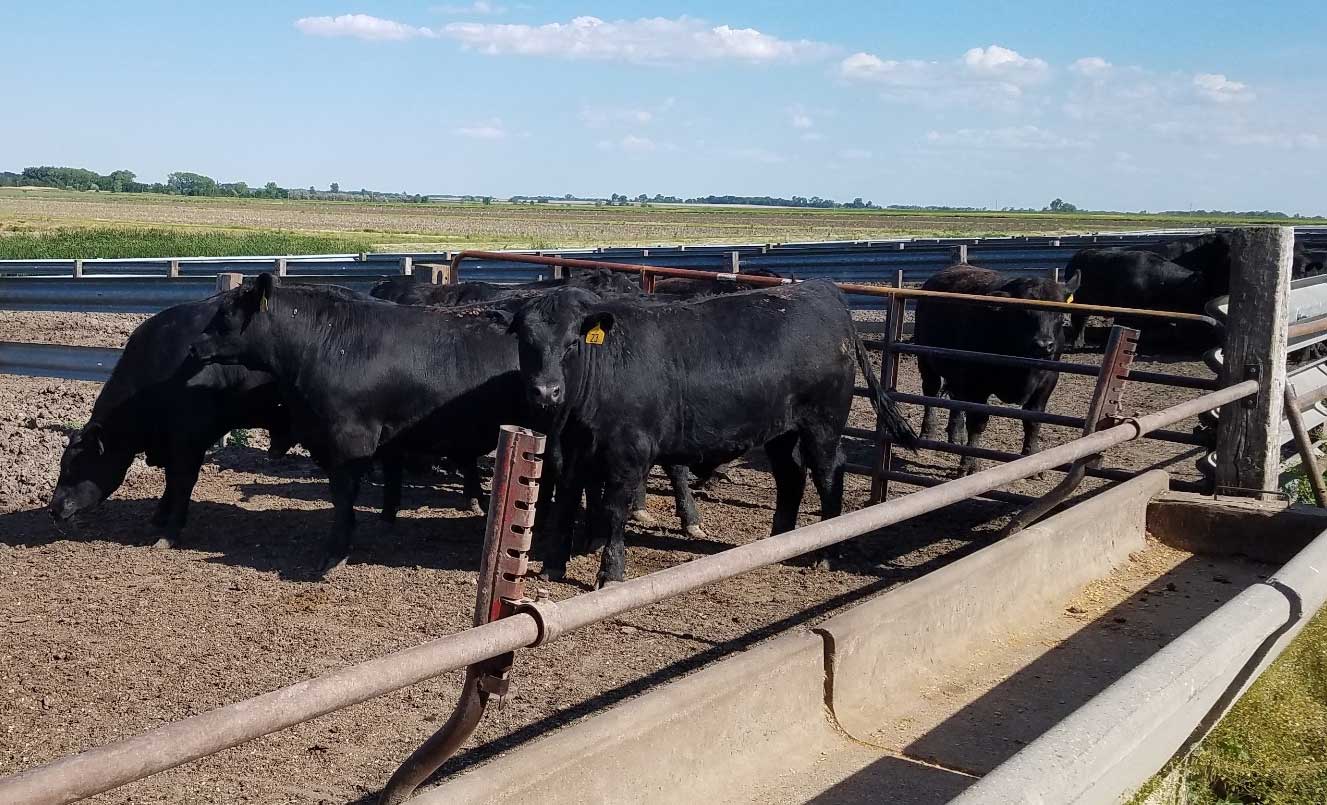
Bigger Cattle. Warmer Weather. What Can Go Wrong?
The disruptions in the beef processing sector caused by COVID-19 continue to interfere with the orderly marketing of finished cattle. While we all hope that the situation is resolved quickly, the reality is that because the shipment of so many harvest-ready cattle has been delayed, there will be increased numbers of heavier cattle on feed for the foreseeable future.
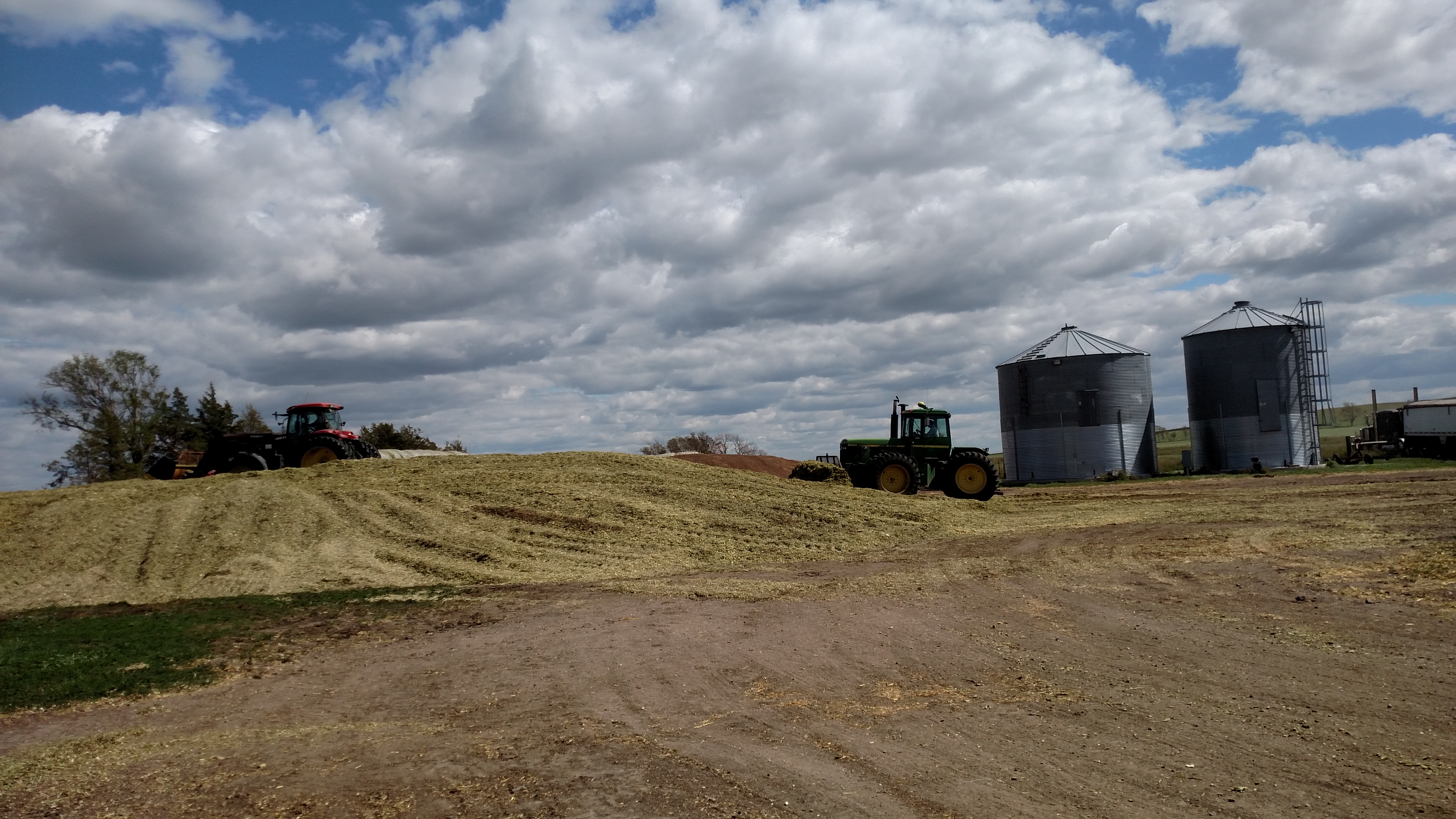
Silage Moisture Testing Tips
Two key points to keep in mind when making high-quality silage are moisture content before harvest and nutrient content before feeding.

SDSU Extension Accepting Applications for beefSD
August 10, 2020
SDSU Extension is now accepting applications for class 5 of beefSD.
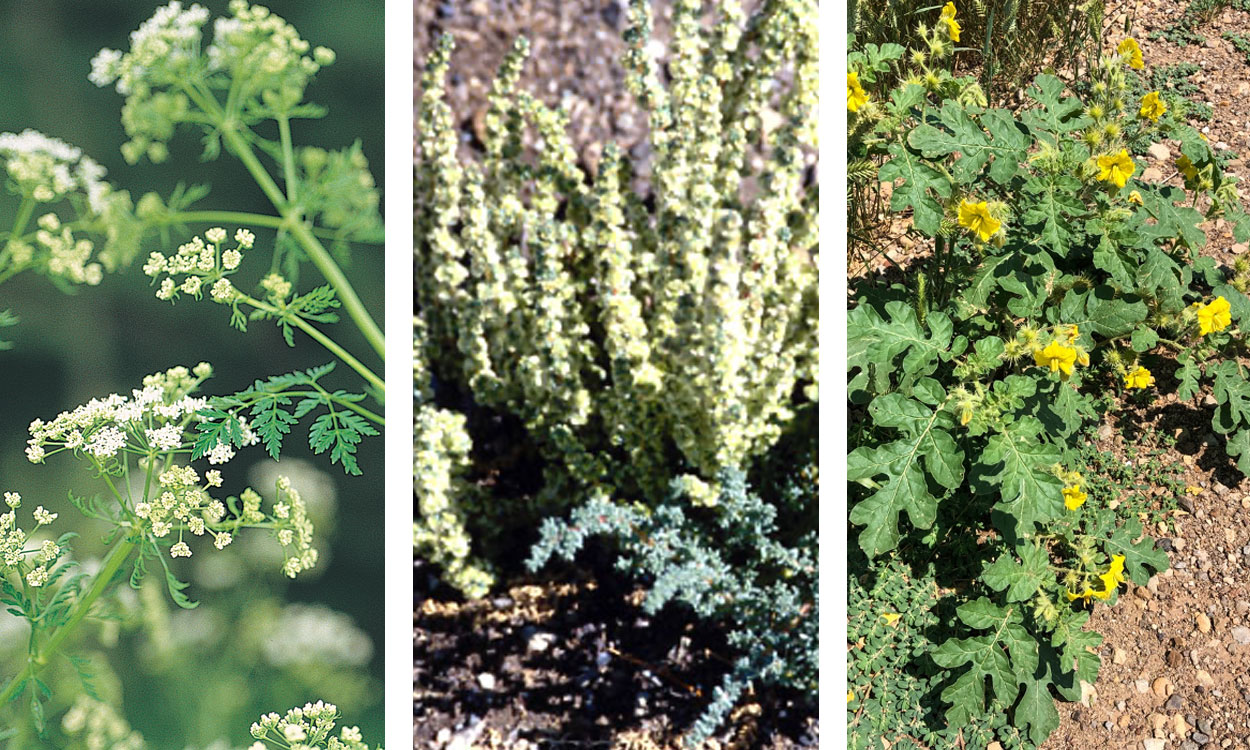
Poisonous Plants on Rangelands: Hemlock, Halogeton and Buffalo Bur
Several species of poisonous plants are invasive and can easily establish dense stands when there is a disturbance on rangelands. Hemlocks, halogeton and buffalo bur can all be found throughout South Dakota and are toxic to livestock.
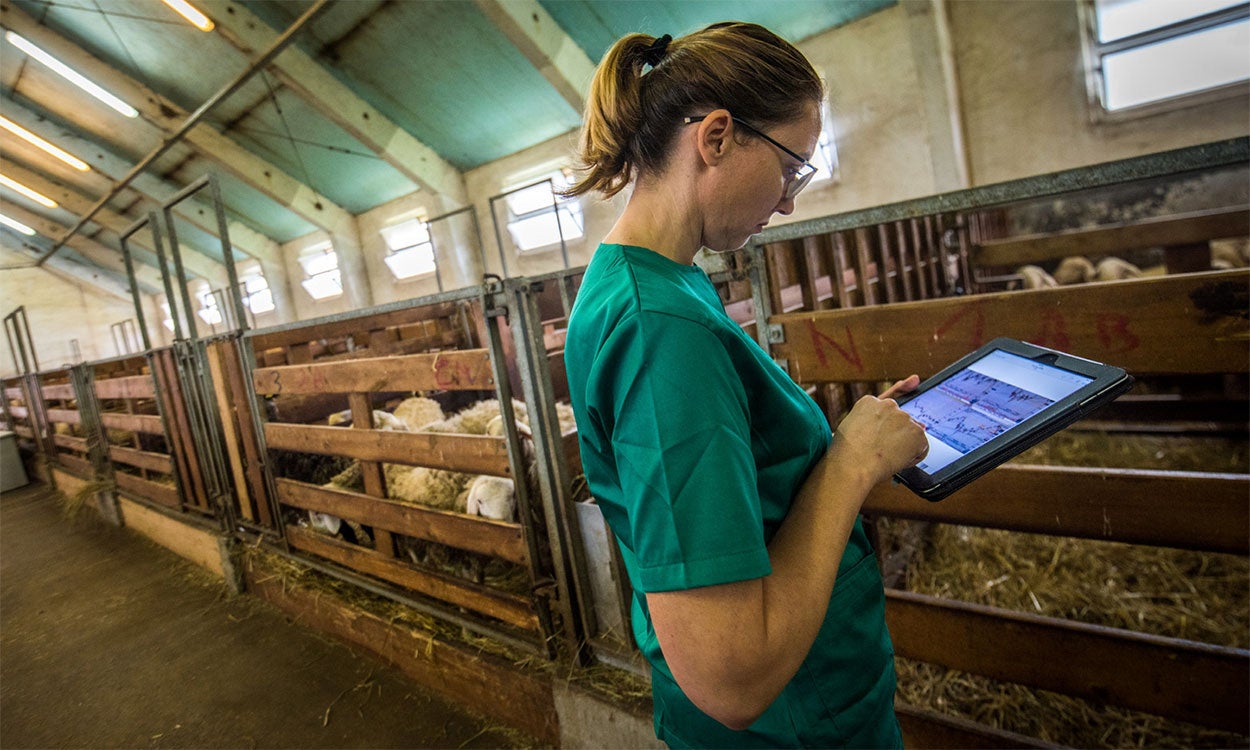
Clostridial Disease Management and Vaccines for Sheep and Goats
Vaccination against clostridium perfringens is universally recommended for small ruminants. Learn some expert vaccine considerations for both sheep and goats.
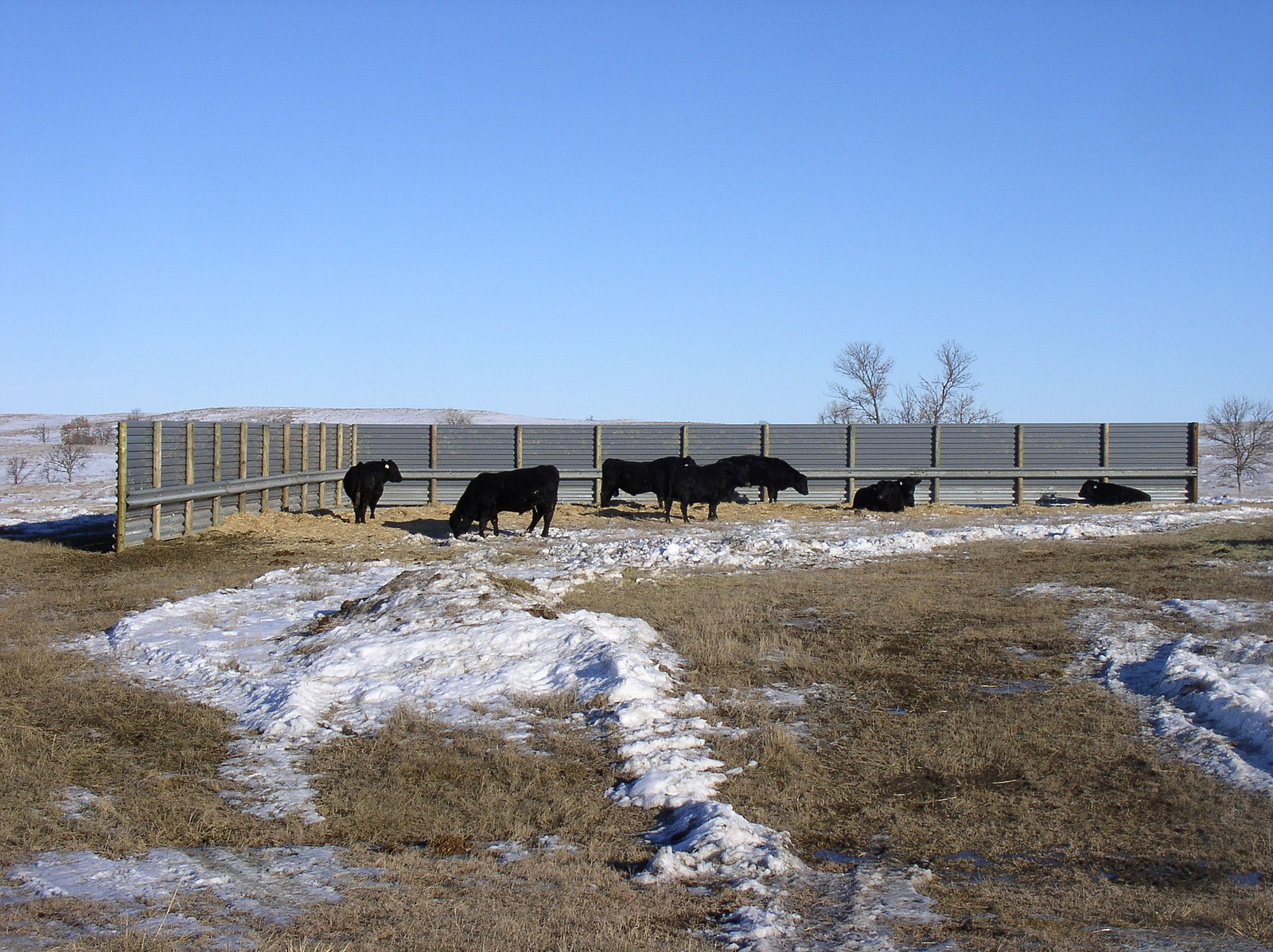
Don’t Discount the Need for Vitamin A and E in Beef Cows During Winter
Supplying sufficient Vitamin A and Vitamin E to cows in late gestation is important every year. Vitamins A and E are plentiful in green forages, but tend to be much lower in hay and winter range and continue to decline as the fall and winter progress.
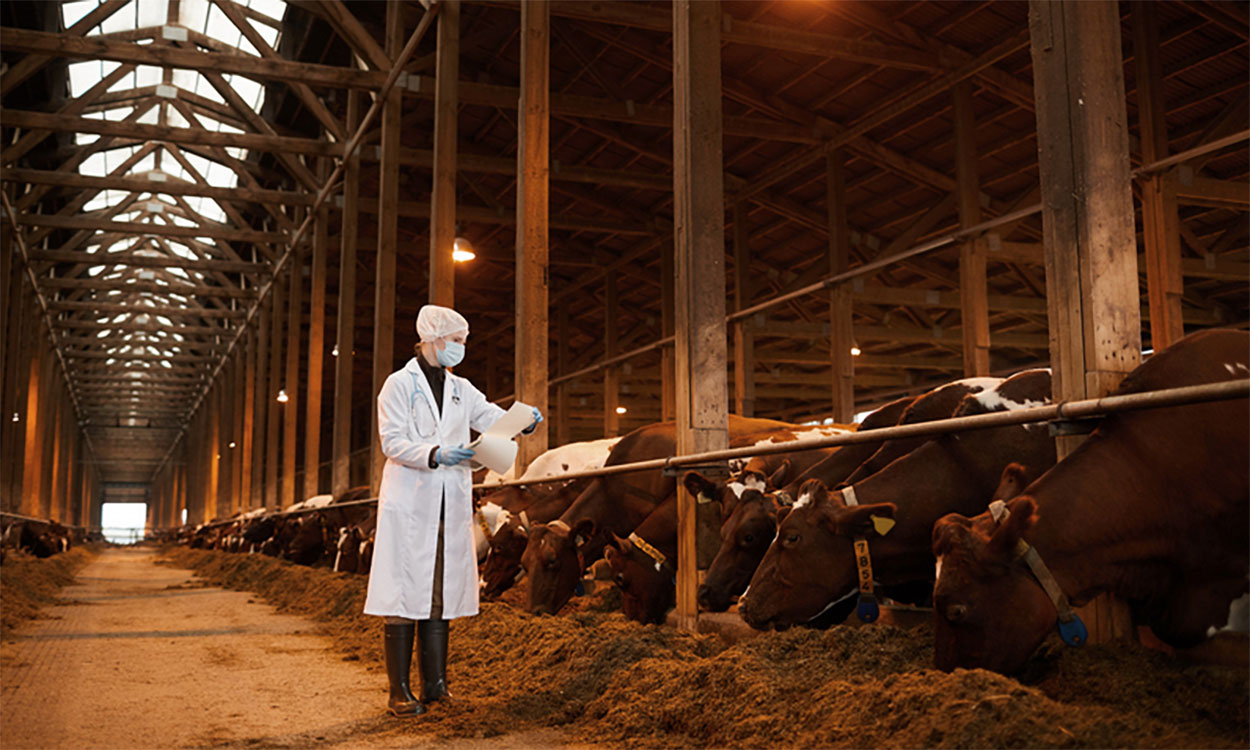
Avian Influenza Viruses in Dairy Cows: What is the role of biosecurity?
The recent finding of an avian influenza virus in dairy cows suffering from a previously unknown disease syndrome has brought attention to disease control and detection methods on dairy operations.